

Microscopes have played an important role in recent research on harakeke (native New Zealand flax) at the University of Otago. Dr Bronwyn Lowe and other researchers have been working with Māori ...
READ MORE

In the early 20th century, New Zealand’s flax industry was a significant money earner, supplying fibre for the world’s rope and linen trade, but the advent of non-renewable synthetic fibres made ...
READ MORE

Trees are a magnificent wonder of nature – giants of the forest. Tāne Mahuta is a giant kauri (Agathis australis). At 51.5 metres tall, it is the oldest known living kauri tree in Aotearoa. The ...
READ MORE
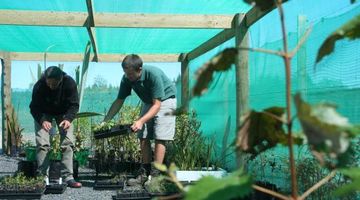
In this activity, students learn about rongoā Māori (medicines that are produced from native plants in New Zealand) through a silent card game. By the end of this activity, students should be ...
READ MORE
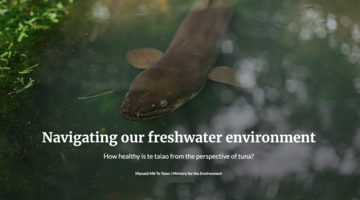
Navigating our freshwater environment is an interactive storymap that explores the state of rivers, lakes and wetlands – in a novel and engaging way. The storymap considers what’s going on from ...
READ MORE

Aotearoa New Zealand has one of the highest cat ownership rates in the world. Nearly 40% of households have at least one cat – for the most part, we’re fond of our cats. Unfortunately, domestic ...
READ MORE
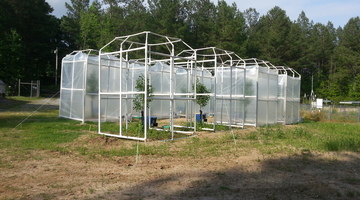
By comparing some features of fossilised plants with the same features of plants living today, scientists hope to be able to learn more about the effect of changing carbon dioxide (CO2) levels in ...
READ MORE

iNaturalist logs hundreds of thousands of photos of flora, fauna and fungi. There are even sound recordings too. Each is described and geo located. iNaturalist is used by citizens and scientists ...
READ MORE
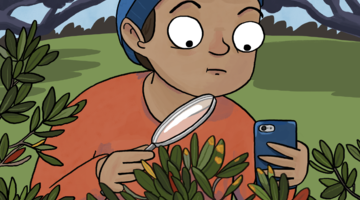
Myrtle rust is a serious biosecurity threat, and help is needed to monitor its spread. This citizen science project aims to gather information on the location, hosts and intensity of this fungal ...
READ MORE
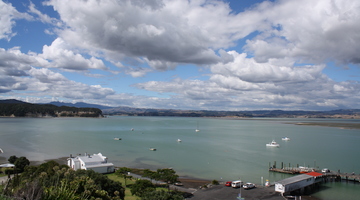
With 75% of New Zealanders living within 10 km of the coast, many students will be familiar with estuaries. In scientific terms, estuaries are the interface between the land and the sea – the ...
READ MORE

The Science Learning Hub has a selection of resources that have been translated into te reo Māori and a number of resources that feature both te reo Māori and English. Our webinar Opportunities ...
READ MORE

In this recorded webinar Pauline Waiti and Rosemary Hipkins explore the idea of knowledge systems with examples from science and mātauranga Māori. The report Enduring Competencies for Designing ...
READ MORE
Dr Bronwyn Lowe (University of Otago) worked with Māori weavers to explore the properties of different harakeke varieties. In this clip, Bronwyn explains how the weavers’ traditional knowledge ...
READ MORE
Dr Bronwyn Lowe (University of Otago) describes her use of scanning electron microscopy (SEM) to explore harakeke leaves. Bronwyn found that different harakeke varieties have differently ...
READ MORE
Visual artist Joseph Michael listens as indigenous leaders and activists from the Amazonian region discuss their connections with the natural world. The video features Ninawá Inu Huni Kui ...
READ MORE

An interactive that shows how early Māori used different fungi for food and medicine.
READ MORE
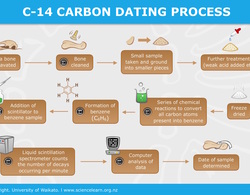
Historical artefacts like moa bones can be dated using a technique that measures the activity of the radioisotope carbon-14 still present in the sample. By comparing this with a modern standard ...
READ MORE
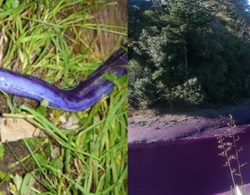
This interactive timeline highlights how students investigating the Oruarangi Stream engaged with the nature of science.
READ MORE